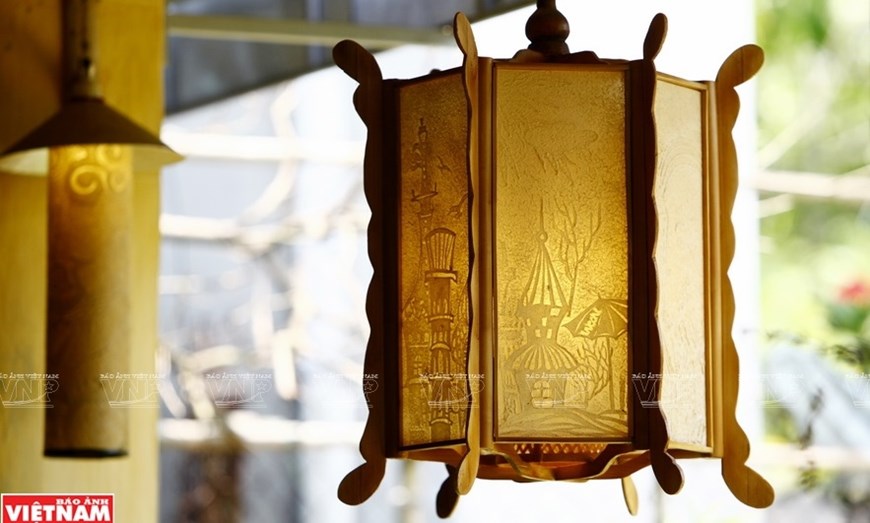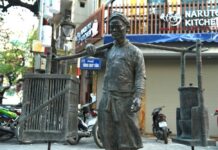-

Phuong Duc is small village on the southern banks of the Perfume River and where many national treasures were made, including the nine tripod cauldrons, the nine holy cannons, and the giant bell of Thien Mu Pagoda. (Photo: VNP/VNA)
-

Among ancient items created under the Nguyen Dynasty (1802-1945), Vietnam’s last feudal dynasty, is a set of nine tripod cauldrons, which were recognised as national treasures in 2012. (Photo: VNP/VNA)
-

The Nguyen Dynasty’s gold seals and books. The gold books were made to record royal affairs and to chronicle the timeline of an emperor. (Photo: VNP/VNA)
-

Nine cannons were cast in Hue by soldiers from February 1803 to January 1804. (Photo: VNP/VNA)
-

The sewing and embroidering of royal court clothes reached a high level of sophistication during the Nguyen Dynasty. (Photo: VNP/VNA)
-

Embroidered shoes made by Hue artisans. (Photo: VNP/VNA)
-

Royal ornaments from the Nguyen Dynasty. (Photo: VNP/VNA)
-

Truc Chi is a new art form of Hue. Unique and useful artworks are created from bamboo materials, processed through many special stages. (Photo: VNP/VNA)
Hue preserves quintessence of Vietnamese traditional crafts
Hue, the former imperial capital of Vietnam, is home to many traditional crafts, including special ones originating from mandarin workshops or ancient craft villages specialising in serving mandarins. Through the ups and downs of history, Hue has maintained a rich and unique network of craft villages and is considered a place where the quintessence of Vietnamese crafts has been preserved.



